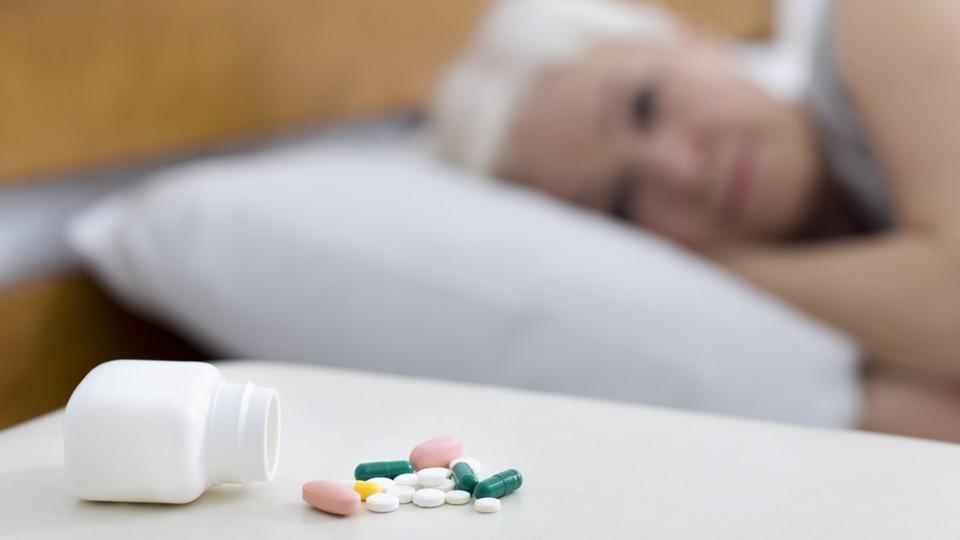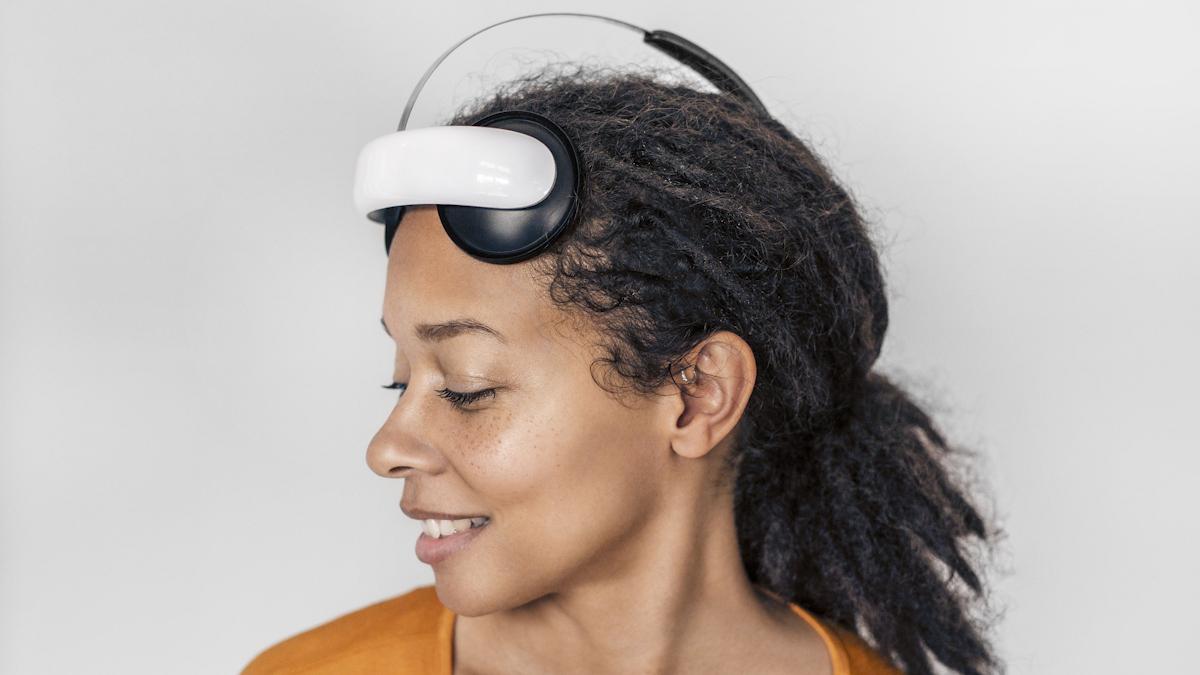UK regulator overhauls medical device regulation

MHRA building in London.
Major changes to the regulation of medical devices in Great Britain have come into effect, including a requirement that manufacturers carry out stricter post-marketing surveillance (PMS) of their products once on the market, so safety issues can be picked up more quickly.
The PMS requirement applies to all UKCA- and CE-marked devices, like in vitro diagnostics (IVDs), glucose monitors, and medical implants, that are placed on the GB market after 16th June, according to the Medicines and Healthcare products Regulatory Agency (MHRA).
The new requirements include enhanced collection of real-world data, broader criteria for the side effects that have to be logged, and shorter timelines for reporting serious incidents.
The move is part of a reform of medical device regulations announced by the MHRA in 2024, in part to ensure that products remain in the UK following Brexit and the EU's adoption of a new regulatory framework for these products in 2021.
The new PMS regulations are similar to equivalent rules under EU medical device regulations, but are not exactly the same, according to law firm Hill Dickinson, which said in an advisory that "it will be important that manufacturers understand the UK requirements."
Other proposed changes in the MHRA's roadmap (PDF) include the development of specific rules for artificial intelligence and software-as-medical-device (SaMD) products and the development of a (now implemented) sandbox to pilot AI regulation, and strengthened requirements for a medical device to meet before it can be placed on the market.
The pre-market requirements on the table, which were subject to a consultation with industry between November 2024 and January, include unique device identifiers for traceability, recognition of approvals in some other jurisdictions, and the introduction of different risk classes for IVDs.
"As innovation in health technologies accelerates, regulation must keep pace," MHRA chief executive Lawrence Tallon also noted that the reform is a critical step in ensuring safety standards evolve alongside this progress.
"By strengthening oversight of devices once they're in use and setting clearer expectations for manufacturers, these new regulations provide a robust framework for identifying risks earlier and responding to protect patients," he added.
"This represents an important milestone in our work in building a modern, responsive regulatory system – one that puts patient safety first while also supporting innovation in life sciences and medical technologies across the UK."












